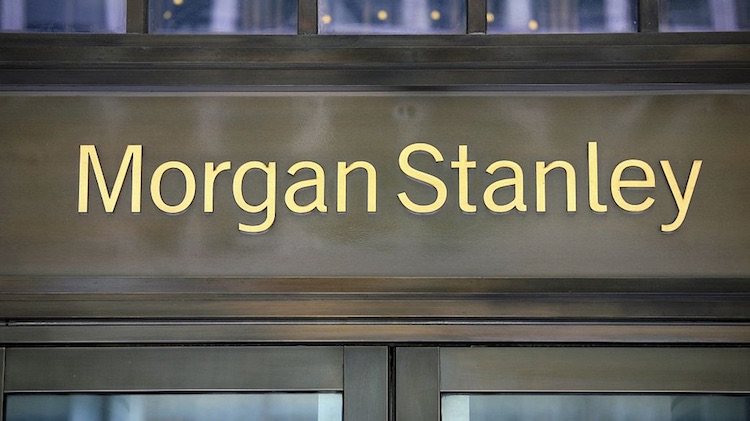Future of Investing
Morgan Stanley is using a robo to attract younger customers
- Morgan Stanley launched a robo-adviser geared at millennials interested in sustainable investing.
- The lower entry point and digital advice offering may appeal to some millennials, particularly those whose families may already have advisory relationships with the firm.








